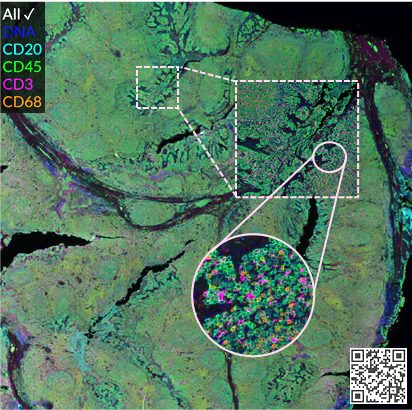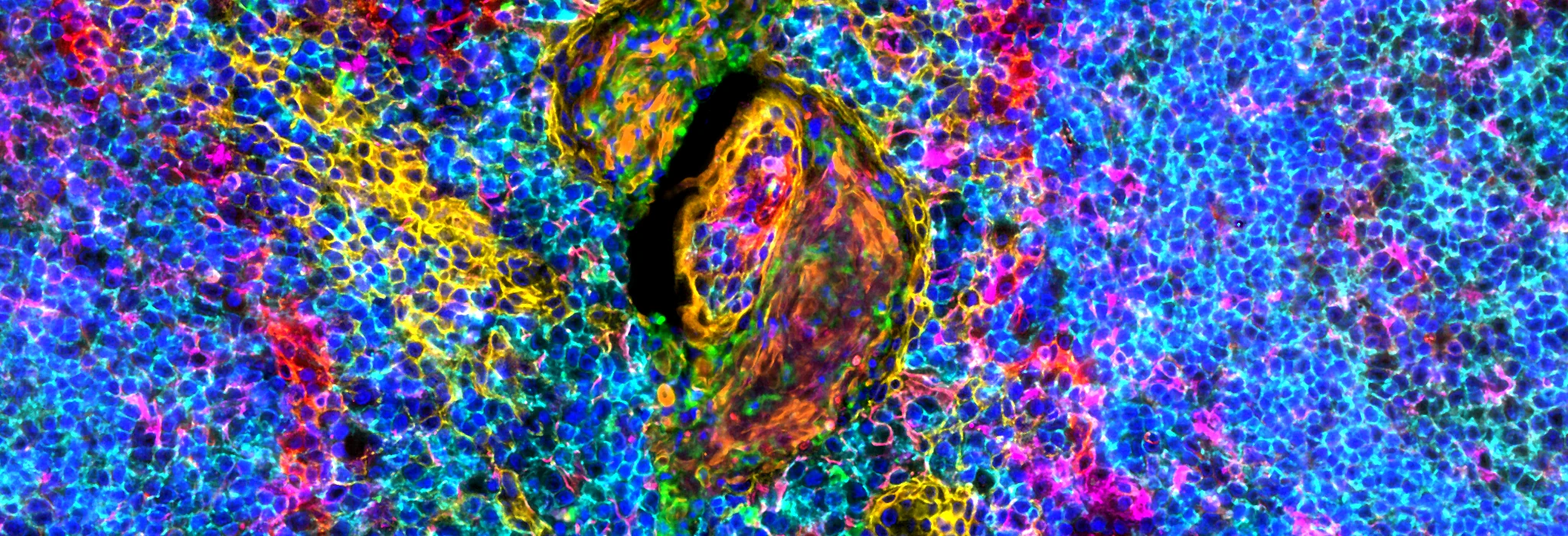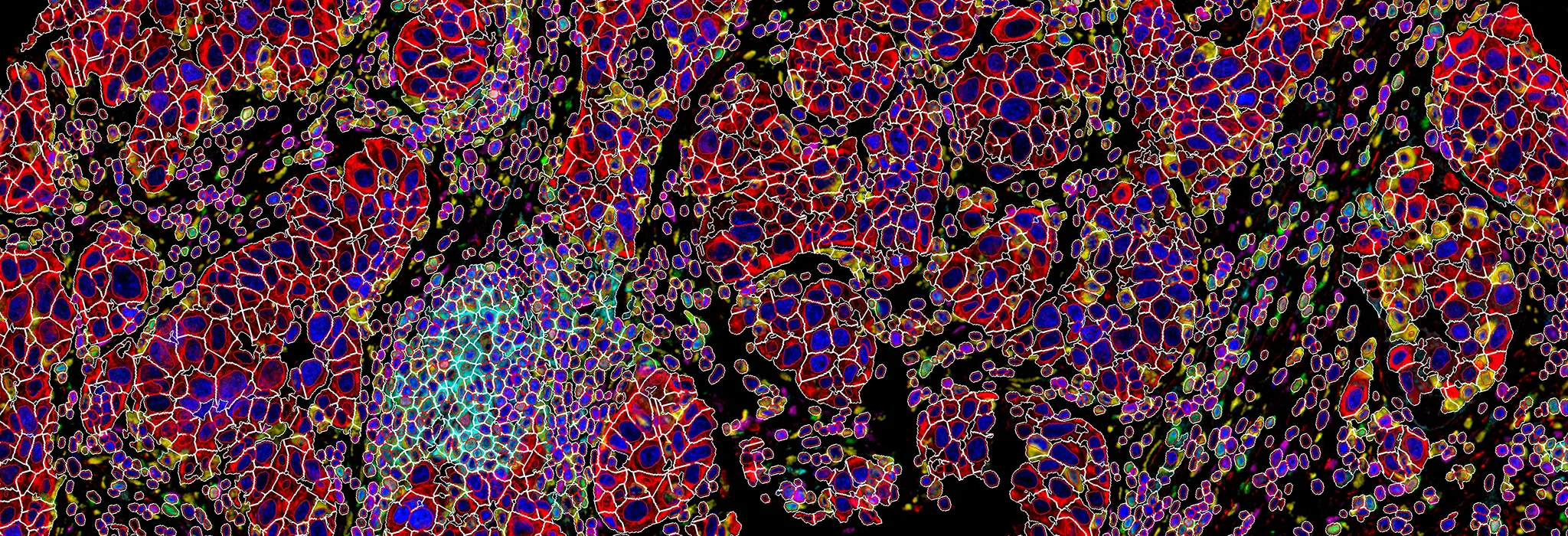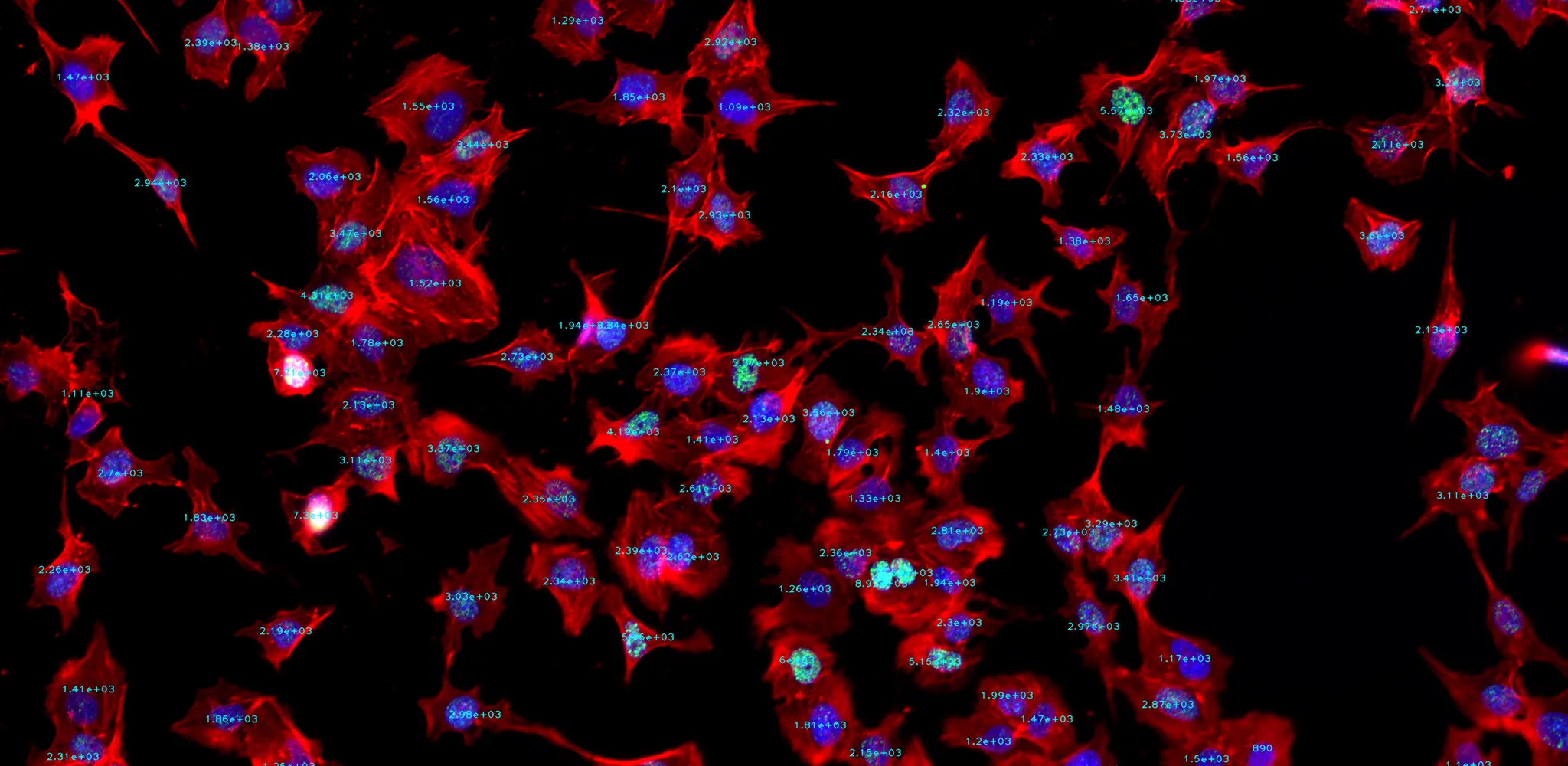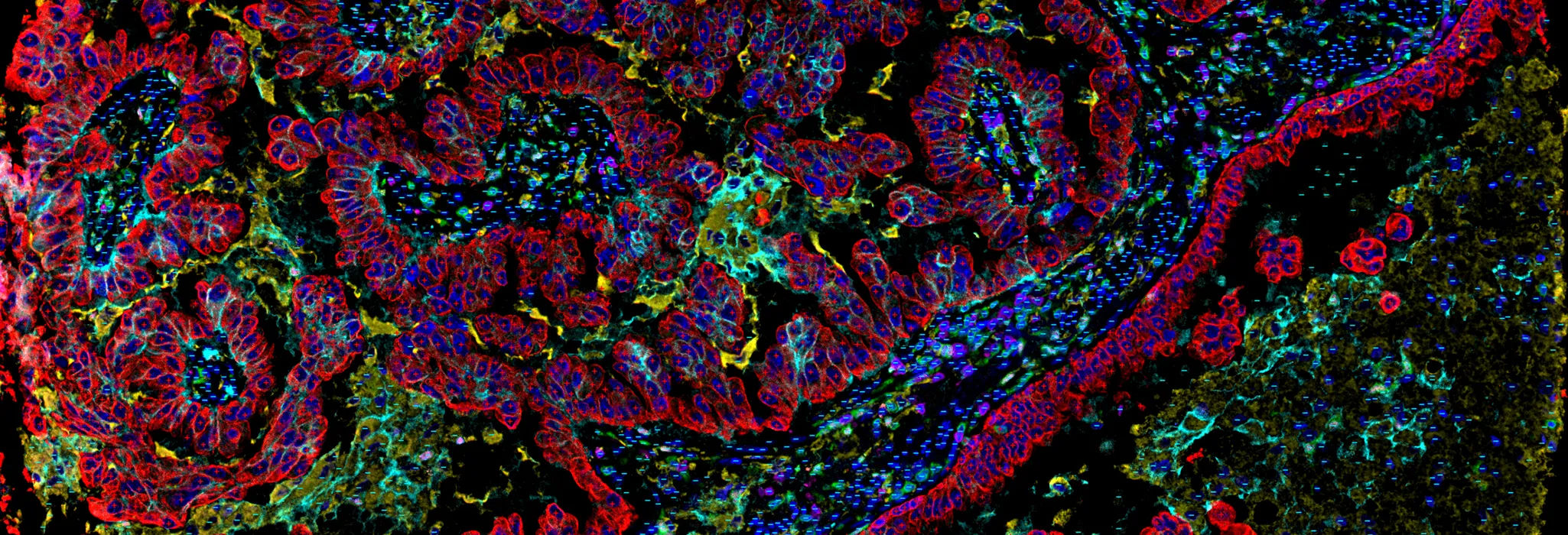Clinical Cancer Research paper using cX2 (June 2025)
Key features
Marker-set architecture
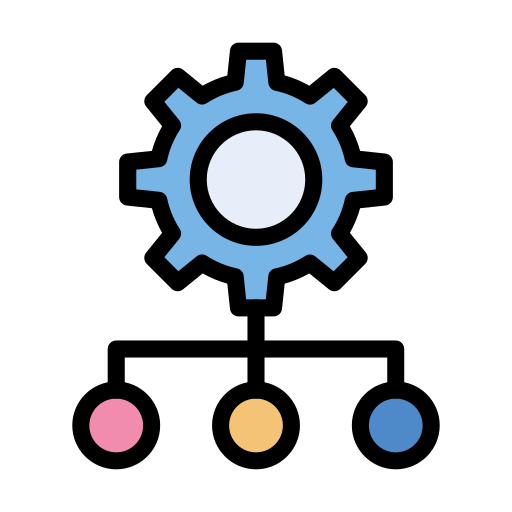
Optimum image processing based on different marker sets
Hyperplexed images

Intuitive visualization of large tissue images and results with 50+ markers
CellShape AI segmentation
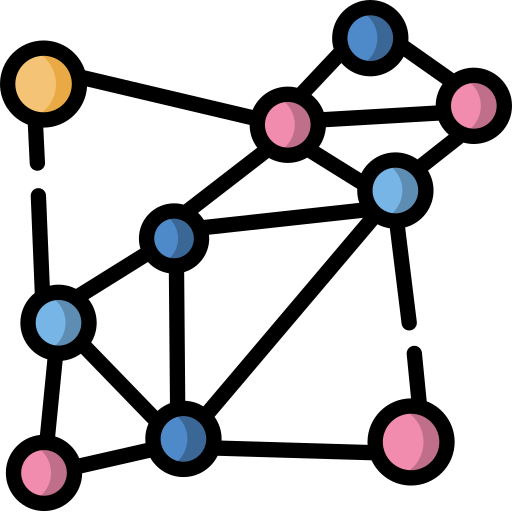
Accurate detection of heterogenous and overlapped cells in tissues
Subpopulation identification
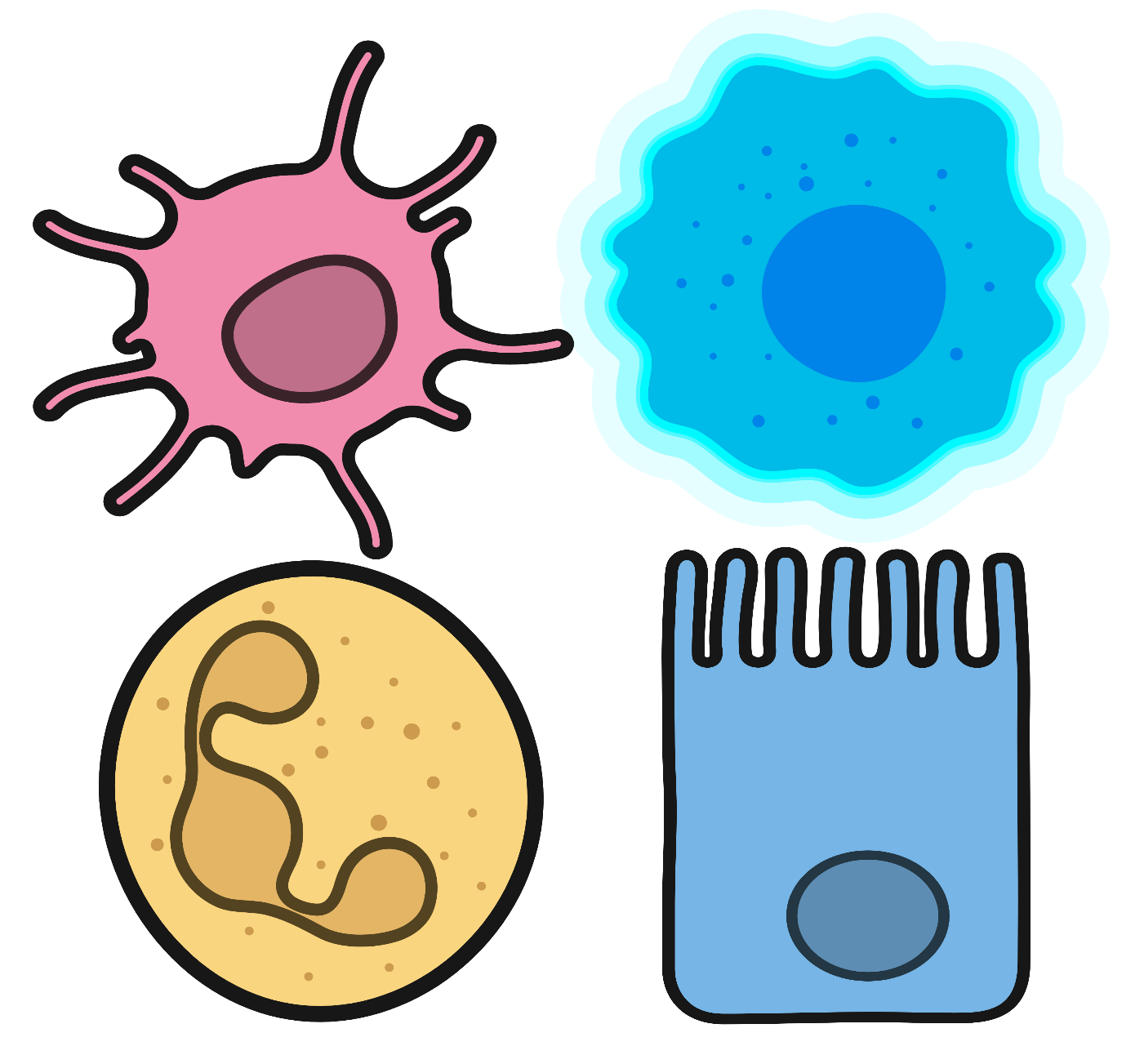
Systematic identification of diverse cell types or subpopulations
Published work that used cellXpress
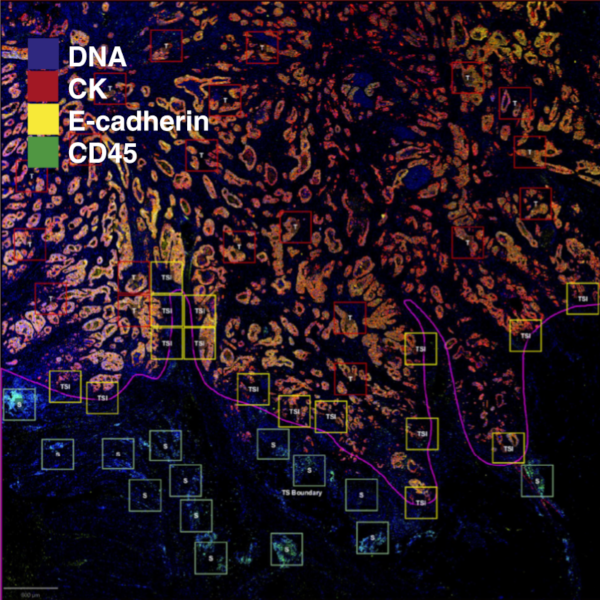
Spatial heterogeneity, stromal phenotypes, and therapeutic vulnerabilities in colorectal cancer peritoneal metastasis
Ong et. al., Clinical Cancer Research, 2025
cellXpress was used to quantify the distances of different immune cell types to tumor-stromal interfaces.
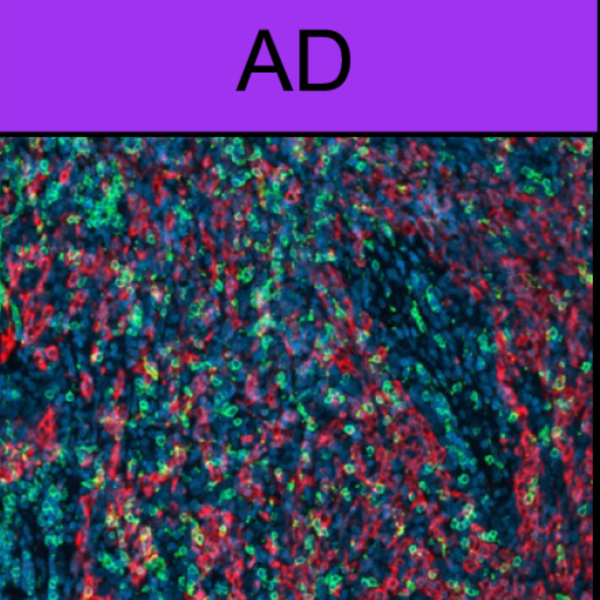
Tumor immune microenvironment delineates progression trajectories of distinct nasopharyngeal carcinoma phenotypes
Yeo et. al., Cell Reports Medicine, 2025
cellXpress was used to quantify and confirm the different compositions of immune cell types in different subtypes of nasopharyngeal carcinoma.
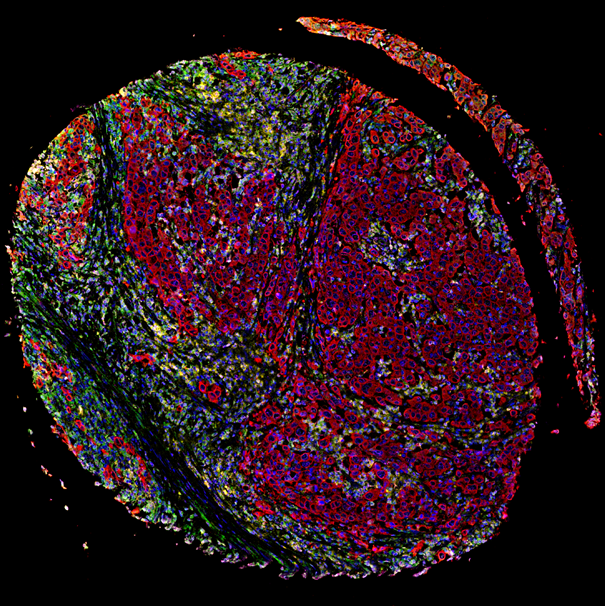
Choice of PD-L1 immunohistochemistry assay influences clinical eligibility for gastric cancer immunotherapy
J Yeong et. al., Gastric Cancer, 2022
cellXpress was used to quantify the three PD-L1 antibody clones (22C3, SP142 and 28-8) and cytokeratin.
